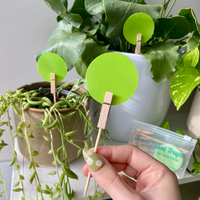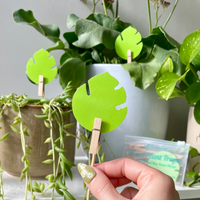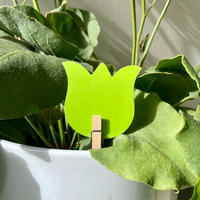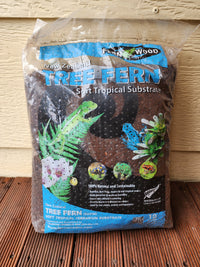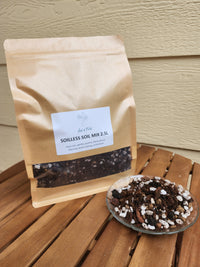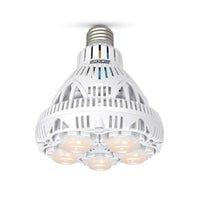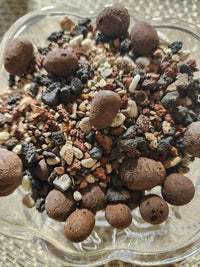Dreaming of a cleaner, lighter approach to potting and container gardening? Lightweight soil alternative gardening transforms traditional soil into easy-to-handle, soilless substrates that enhance aeration, drainage and root health. You’ll discover what makes mediums like LECA, coco coir and perlite so effective, how to set up each substrate step by step, strategies to prevent root rot and pests, where to source quality products in Australia and top tips for thriving soilless gardens. Whether you’re a balcony grower or indoor jungle enthusiast, this friendly walkthrough unlocks sustainable, low-mess gardening with Leaf of Faith’s premium supplies on leafoffaithsa.com.au.
What Are Lightweight Soil Alternatives and Why Use Them?
Lightweight soil alternatives are inert or organic substrates that replace heavy garden soil to improve root oxygenation, moisture control and nutrient uptake. By trading dense earth for porous media, you enhance drainage and reduce compaction, which directly prevents overwatering issues and supports healthier root systems.
Building on these benefits, the next sections define core alternatives—LECA, coco coir and perlite—and introduce other soilless options you can experiment with.
What is LECA and How Does It Benefit Your Plants?
Lightweight Expanded Clay Aggregate (LECA) consists of porous clay pellets that provide excellent aeration and water retention simultaneously. LECA’s structure creates air pockets around roots to improve oxygen flow, while its ability to hold moisture in internal pores delivers consistent hydration and reduces watering frequency. Gardeners enjoy less root rot and cleaner transplanting, making LECA a standout choice.
Benefits of LECA for Plant Health
LECA (Lightweight Expanded Clay Aggregate) is a porous material that enhances aeration and water retention, which can lead to healthier root systems and reduced risk of root rot. The structure of LECA creates air pockets around roots, improving oxygen flow, while its ability to hold moisture delivers consistent hydration.
Next, let’s explore how coco coir supports sustainable gardening.
How Does Coco Coir Support Sustainable Gardening?
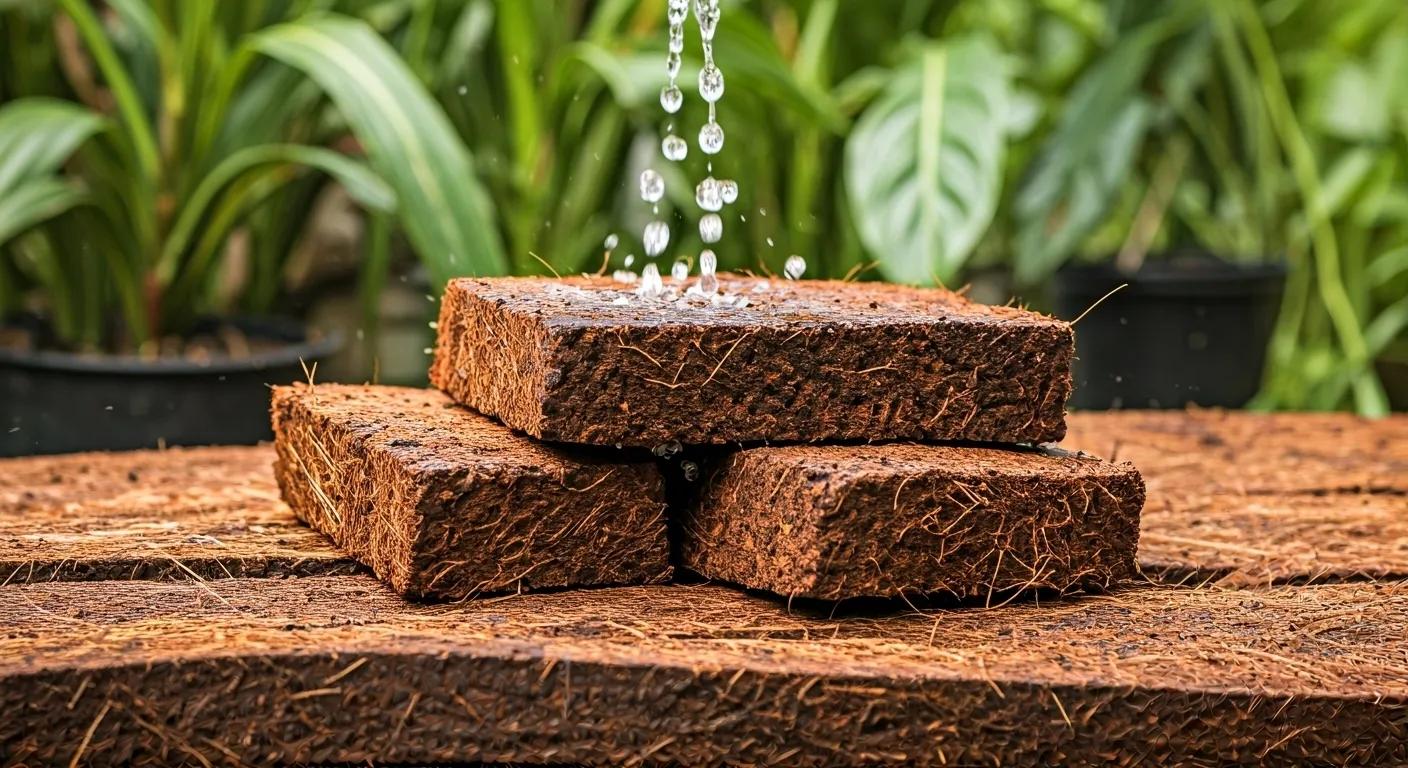
Coco coir is a renewable growing medium derived from coconut husks that enhances water retention and drainage in equal measure. Its fibrous structure promotes root development by maintaining a neutral pH and resisting compaction, while its biodegradable nature reduces environmental impact compared to peat-based soils. Australian growers value coco coir for its eco-friendly sourcing and consistent performance.
Coco Coir and Sustainable Gardening
Coco coir, derived from coconut husks, is a renewable and biodegradable growing medium that promotes root development and reduces environmental impact. Its fibrous structure maintains a neutral pH and resists compaction, making it a sustainable alternative to peat-based soils.
The next focus is on perlite’s role in plant growth.
What Role Does Perlite Play in Improving Plant Growth?
Perlite is expanded volcanic glass that improves soil aeration and drainage through lightweight, sterile granules. By mixing perlite into potting blends, you create air pockets that prevent soil compaction and speed up water movement away from roots, which directly reduces risks of fungal issues. Its neutral pH and reusability make perlite an ideal amendment for seed starting and propagation projects. In addition to these three, other lightweight alternatives offer unique advantages.
Which Other Lightweight Soil Alternatives Should You Know About?
Below is a comparison of additional soilless substrates, each offering distinct properties to suit different plants and setups.
| Medium | Key Attribute | Value |
|---|---|---|
| Vermiculite | Water Retention | High moisture-holding capacity |
| Peat Moss | Organic Acidity | Acidic pH ideal for ericaceous species |
| Pumice | Drainage | Durable, porous volcanic rock |
| Rice Hulls | Lightweight | Renewable by-product with good aeration |
| Activated Charcoal | Purification | Adsorbs toxins and improves soil health |
Exploring these substrates broadens your soilless toolkit and sets the stage for hands-on preparation steps.
How Do You Get Started with Lightweight Soil Alternative Gardening?
Getting started means choosing the right medium, preparing it correctly and repotting with proper ratios. Each substrate requires unique preparation—soaking LECA, hydrating coco coir, blending perlite—and careful transplanting to ensure root contact and stable moisture levels. The following steps guide you through each substrate setup with ease.
How to Prepare and Use LECA for Indoor Plants?
Begin by rinsing LECA pellets to remove dust, then soak them in water for 4–8 hours to activate moisture retention.
- Drain excess water completely to avoid waterlogging.
- Fill the base of your pot with a 2–3 cm layer of LECA for bottom drainage.
- Position roots directly atop the LECA layer and fill the remaining space with fresh pellets.
This approach ensures immediate aeration and consistent hydration before moving on to coco coir preparation.
What Are the Best Practices for Using Coco Coir in Your Garden?
Hydrating coco coir properly unlocks its full water-holding power.
- Break a compressed brick into large chunks before adding warm water.
- Allow 30 minutes for full expansion, then fluff fibers to eliminate clumps.
- Mix coco coir with nutrient-rich compost or worm castings at a 70:30 ratio for balanced fertility.
These steps create a light, moisture-stable medium ready for perlite incorporation.
How to Incorporate Perlite into Your Potting Mix?
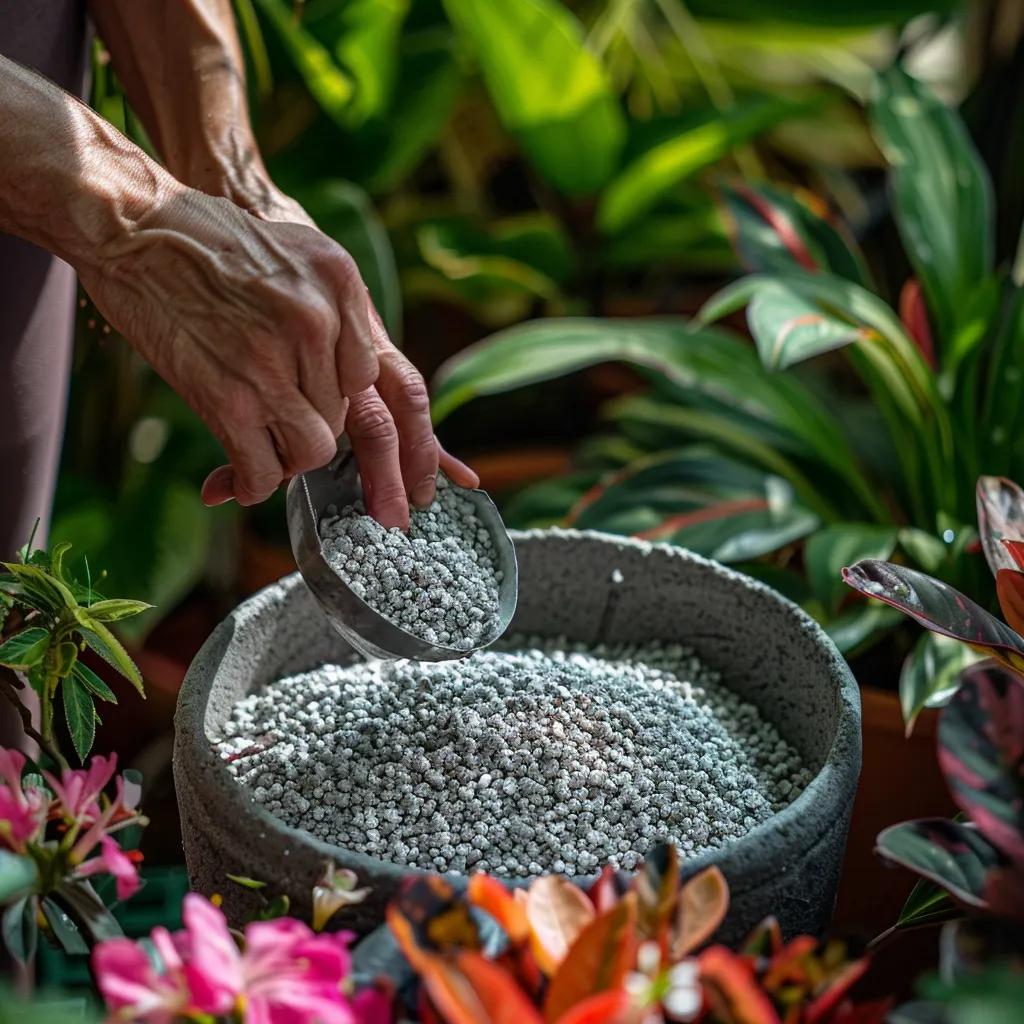
Perlite blends seamlessly into existing substrates to improve drainage.
- Combine one part perlite with two parts existing potting medium or coco coir.
- Stir gently to distribute granules without crushing them.
- For succulents or cacti, increase the perlite ratio to 1:1 for maximum aeration.
Proper mixing paves the way to precise watering and nutrient routines.
What Are the Essential Watering and Nutrient Tips for Soilless Gardening?
- Water when the top pellets or fibres feel just dry to the touch.
- Use a balanced hydroponic nutrient solution at half-strength initially.
- Monitor EC (electrical conductivity) weekly to adjust fertiliser concentration.
Consistent moisture monitoring and nutrient management complete the core setup process.
How Can Lightweight Soil Alternatives Prevent Common Plant Problems?
Lightweight substrates directly address common issues like overwatering, root rot and pest infestations by improving drainage and aeration around roots. Understanding these mechanisms empowers you to keep plants healthy with fewer chemical interventions.
How Do These Alternatives Help Prevent Root Rot?
By providing superior drainage and air pockets, soilless media prevent waterlogging that leads to root-rot pathogens. Porous substrates such as LECA and pumice allow excess moisture to escape quickly, while coco coir’s balanced retention ensures roots never sit in stagnant water.
What Are the Best Practices to Avoid Pests Like Fungus Gnats?
- Allow media to dry adequately between waterings.
- Top-dress with horticultural sand or crushed eggshells to block gnats.
- Introduce beneficial nematodes or predatory mites as a biological control.
These preventative measures maintain a clean, pest-free growing environment.
How to Manage Nutrient Deficiency in Soilless Media?
- Conduct weekly EC and pH tests to ensure optimal nutrient uptake.
- Supplement with micronutrient sprays for iron, magnesium and calcium when necessary.
- Rotate nutrient formulations every 4–6 weeks to prevent salt buildup.
Accurate monitoring keeps your soilless garden nutrient-balanced and vigorous.
Where Can You Find Quality Lightweight Soil Alternatives in Australia?
Sourcing premium substrates locally guarantees fast delivery, quality assurance and expert support. Leaf of Faith’s online store features curated selections of LECA, coco coir and perlite tailored for Aussie growers.
How to Choose the Right LECA Products for Your Plants?
Select LECA pellets sized 4–8 mm for most indoor species to balance aeration and moisture. Our LECA products meet food-grade standards and are pre-washed for immediate use. This ensures consistent quality and cleaner installations.
Where to Buy Sustainable Coco Coir Bricks and Supplies?
Stock up on renewable coco coir bricks that expand into loose, pathogen-free fibres. At Leaf of Faith, our coco coir bricks are 100% organic and responsibly sourced, supporting eco-friendly gardening across Australia.
What Are the Best Places to Purchase Perlite in Australia?
Choose horticultural-grade perlite for sterile, pH-neutral aeration. You can order bulk perlite from major Australian nurseries or secure smaller bags of genuine perlite in our online shop for quick shipping nationwide.
What Are the Top Tips for Successful Lightweight Soil Alternative Gardening?
Mastering substrate selection, preparation and maintenance leads to lasting success with soilless systems. The following tips highlight plant choices, troubleshooting strategies and eco-friendly practices for every level of gardener.
Which Plants Thrive Best in Lightweight Soil Alternatives?
| Plant | Preferred Medium | Key Benefit |
|---|---|---|
| Monstera deliciosa | LECA | Strong root anchorage and aeration |
| ZZ plant (Zamioculcas zamiifolia) | Coco coir | Consistent moisture without rot |
| Succulents (various) | Perlite mix | Rapid drainage and root stability |
| Philodendron | LECA/coir blend | Balanced hydration and airflow |
| Calathea | Coco coir mix | High humidity retention and nutrition support |
These plant-substrate pairings set the foundation for robust growth in soilless setups.
How to Troubleshoot Common Issues with LECA and Other Media?
When algae or mineral buildup appear on substrate surfaces:
- Rinse and replace top pellets or fibres every 6–12 months.
- Increase airflow and reduce watering frequency to discourage algae.
- Flush media periodically with distilled water to remove salt deposits.
These simple adjustments restore substrate health and support continued plant vigour.
How to Maintain Sustainable and Low-Maintenance Gardening Practices?
- Reuse cleaned LECA pellets for multiple growth cycles.
- Compost spent coco coir with green waste to close the loop.
- Collect and reuse run-off water where possible to conserve resources.
These strategies promote a sustainable, low-input gardening approach for all Australian growers.
Leaf of Faith is here to help you transition smoothly to lightweight soil alternative gardening. Explore our range of soilless growing media, discover expert tutorials and enjoy the freedom of cleaner, healthier indoor and urban gardens.


